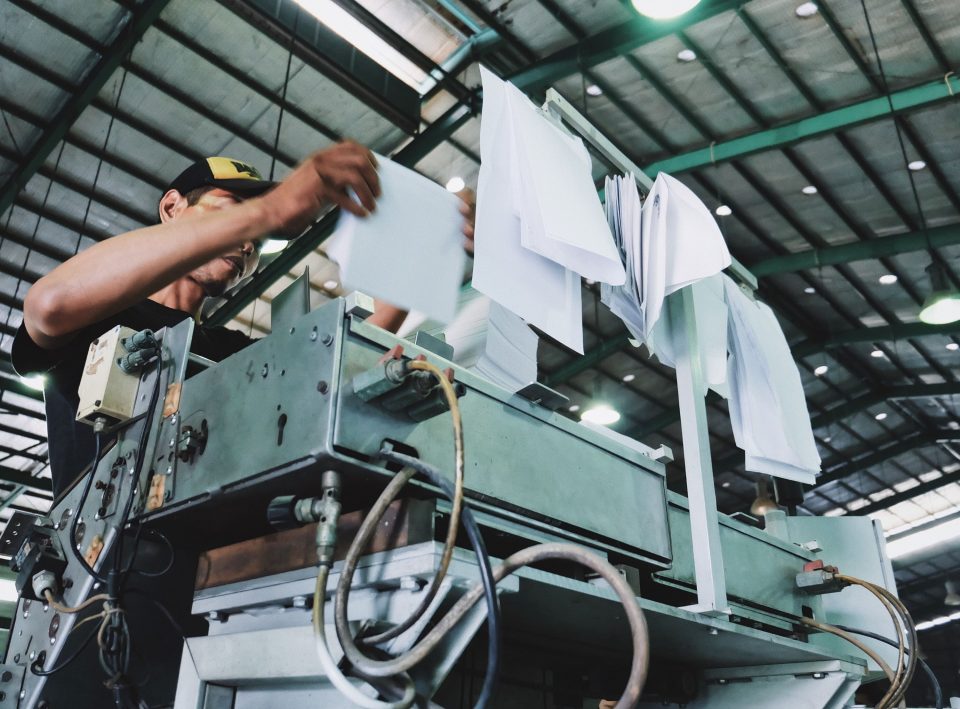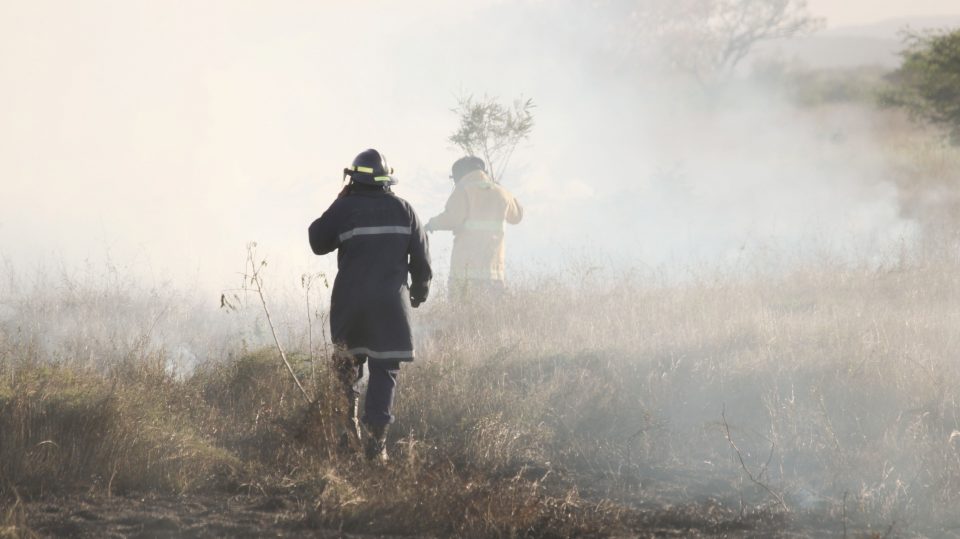Sustainability Academy: Ending the Myths about Paper

Paper and the Circular Economy
February 26, 2021
Stress Management Strategies in a Remote World
March 10, 2021
Sustainability initiatives often focus on reducing the use of paper but, in reality, paper is not one of the biggest contributors to carbon in the modern office. We take a look at some of the myths that surround our use of paper.
Measuring carbon output and environmental impact can be a complex process. Often equations are multi-faceted and must take into many different types of impact and sustainability goals. Making sense of these multiple strands can be difficult. Here, we bust some of the myths that surround the use of paper.
Myth #1: Making paper destroys forests
In Europe, much of the forest coverage is managed forests which supply the paper industry. In fact, Europe’s woodlands have grown by almost 17 million hectares over the last 20 years.
In Northern Europe, ancient woodland is protected. Paper is therefore sourced from renewable forest plantations. The whole cycle – from planting through to harvesting – is carefully controlled.
Renewing this forest in this way is actually better for the environment. When woodlands are properly planted and managed, they absorb more carbon than the older trees in mature forests.
Myth #2: All paper should be made from recycled fibers
Even in the production of recycled paper, 40 percent of the fiber used has to be virgin fiber. As a result, virgin paper fiber has an important role to play in the production of all kinds of paper.
Myth #3: Paper consumes a lot of energy
While it is true that the production of paper is an energy intensive process, today many European paper producers use biofuels and renewable energy to power their plants.
In fact, 52% of energy used by the paper industry is powered by biomass. This helps to reduce the carbon impact of the production process.
Myth #4: Paper has a large carbon footprint
The carbon footprint of paper will depend on how the paper is produced and how the forest from which it is sourced is managed. Sustainable practices are widely used across Europe.
At the same time, the forests managed for paper production are a vast and vital carbon store. As the saplings grow into trees, they absorb CO2 from the atmosphere. The paper produced from those trees continues to act as a carbon store for the duration of its lifetime.
Myth #5: Paper generates a lot of waste
Paper is one of the few communication mediums that can be 100% recycled. Once used, it can be recycled into new paper products. In Europe, paper recycling rates are as high as 72%. Many of the products used in paper production are also recyclable. As a result, very little waste is generated from either the production process or the use of paper.
Myth #6: Paper is bad for the environment
Paper is a natural product. It is made with renewable materials. It is biodegradable. And it has one of the most closed loop recycling processes of all products.
As we’ve seen, managed forests play a vital role in carbon capture and storing. What’s more, well-managed forests capture more carbon from the atmosphere than mature forests.
By using paper, you’re helping to create the right economic conditions for good forest management and planting. And, by ensuring you source paper from certified, responsibly managed forests and by recycling your paper products, your use of paper has very little negative impact on the environment.
Read more about the Paper Makers
Discover an infographic about the sustainability of paper




